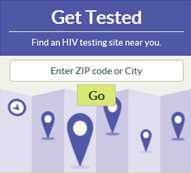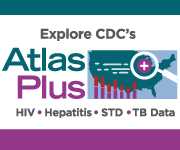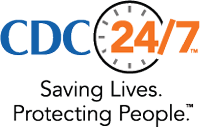Youth Risk Behavior Surveillance – United States, 2013
June 13, 2014
Dear Colleagues,
On June 12, 2014, the Centers for Disease Control and Prevention (CDC) released the MMWR Surveillance Summary, “Youth Risk Behavior Surveillance – United States, 2013.” The report summarizes results from the 2013 National Youth Risk Behavior Survey (YRBS), conducted among more than 13,000 students in grades 9-12. This year’s Surveillance Summary also includes results from 42 state surveys and 21 large urban school district surveys.
The YRBS monitors six categories of priority health-risk behaviors among high school students, including sexual risk behaviors that contribute to unintended pregnancy, HIV, and other sexually transmitted diseases (STD). The newly released report shows mixed results regarding sexual risk behaviors among today’s youth.
Fewer high school students have had sexual intercourse (54 percent in 1991 compared to 47 percent in 2013), and the percentage of high school students who are currently sexually active—meaning that they had sexual intercourse during the three months prior to taking the survey—has declined from 38 percent in 1991 to 34 percent in 2013. However, among high school students who are currently sexually active, condom use also has declined from 63 percent in 2003 to 59 percent in 2013. This decline follows a period of increased condom use throughout the 1990s and early 2000s. This is a disturbing trend that leaves more students vulnerable to HIV, STD, and unintended pregnancy.
In addition to monitoring sexual risk behaviors among youth, YRBS also serves as a platform for the rest of CDC and partners in the public health system to
- Measure progress toward achieving 20 national health objectives for Healthy People 2020 and other program and policy indicators.
- Assess trends in priority health-risk behaviors among high school students.
- Evaluate the impact of broad school and community interventions at the national, state, and local levels.
The YRBS monitors five other categories of priority health-risk behaviors that contribute to the leading causes of death, disability, and social problems among youth and adults in the United States, including
- Unintentional injuries and violence,
- Tobacco use,
- Alcohol and other drug use,
- Unhealthy dietary behaviors, and
- Physical inactivity.
The YRBS also monitors obesity, overweight, and asthma.
Among these areas, this year’s report showed that—
- Current cigarette smoking among high school students is at its lowest level since the survey began in 1991. At 15.7 percent, the U.S. has met its national Healthy People 2020 objective of reducing adolescent cigarette use to 16 percent or less. Nevertheless, reducing overall tobacco use is still a challenge.
- Physical fighting among youth is less prevalent. Only 25 percent of high school students were in a physical fight at least once during the past year versus 42 percent of students in 1991.
- Texting or emailing while driving continues to put youth at risk. Nationwide, 41 percent of students who had driven a car or other vehicle during the past 30 days texted or emailed while driving a car or other vehicle.
The data from YRBS can help communities, schools, and students reduce current risk behaviors and monitor those that are emerging. We know that risk behaviors among teens—such as, tobacco use, bullying, early sexual initiation, and alcohol and other drug use—tend to go together and that those students who report risk behaviors in one area frequently report higher rates of risk behaviors in other areas. YRBS is an important tool for exploring the relationships between these risk behaviors and understanding how health risk behaviors among youth vary across the nation over time.
It is our hope that you will find the results of this report useful in your efforts as we work together to promote the health and well-being of children and adolescents through schools, enabling them to become healthy and productive adults.
Please review the 2013 YRBS results and sign up for email updates about new YRBS products on the YRBS Web site.
Sincerely,
/Jonathan Mermin/
Jonathan H. Mermin, M.D., MPH
Director
National Center for HIV/AIDS, Viral Hepatitis, STD, and TB Prevention
Centers for Disease Control and Prevention
www.cdc.gov/nchhstp
/Stephanie Zaza/
Stephanie Zaza, MD, MPH
Director, Division of Adolescent and School Health
National Center for HIV/AIDS, Viral Hepatitis, STD, and TB Prevention
Centers for Disease Control and Prevention
www.cdc.gov/healthyyouth
- Page last reviewed: April 28, 2014
- Page last updated: May 14, 2014
- Content source:


 ShareCompartir
ShareCompartir


